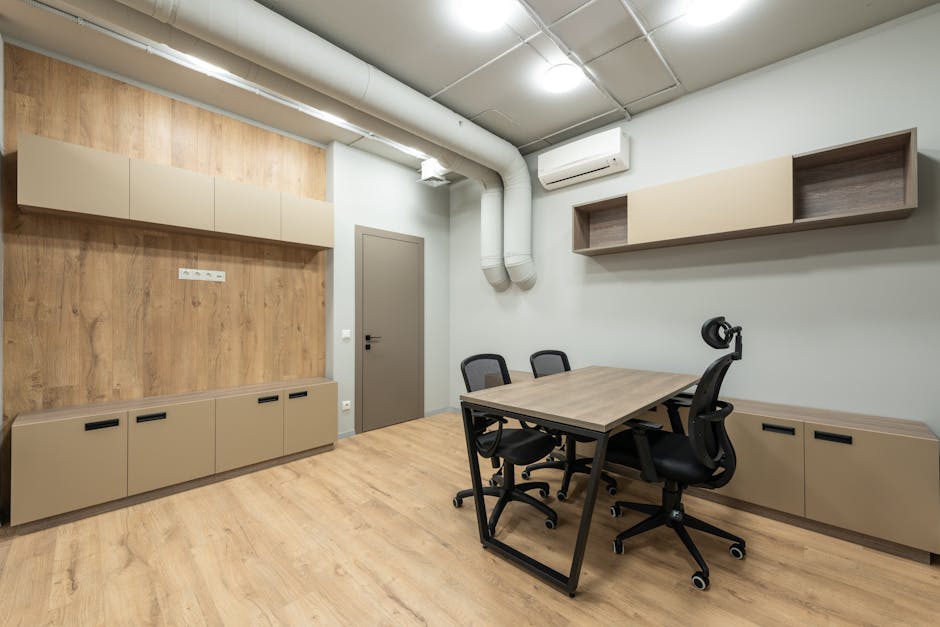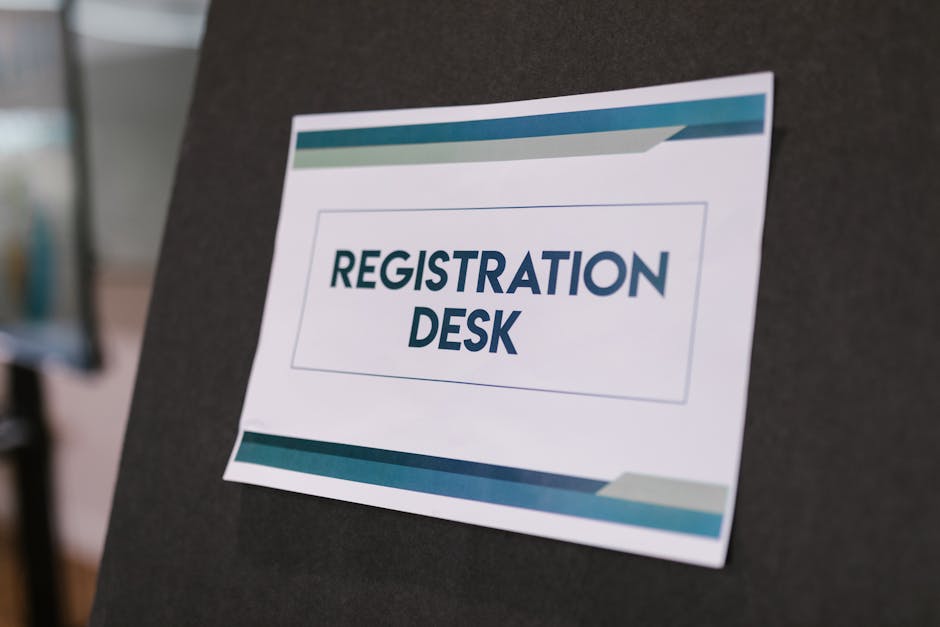Conference Room Etiquette 101: 6 Essential Rules for Productive Meetings
“In today's dynamic workplace, mastering conference room etiquette is crucial for fostering a productive and respectful environment. This article outlines six fundamental rules that every professional should follow to ensure efficient use of shared spaces and enhance collaboration among team members. ”

Conference Room Etiquette 101: 6 Essential Rules for Productive Meetings
In the modern workplace, conference rooms serve as crucial hubs for collaboration, decision-making, and innovation. However, the effectiveness of these shared spaces largely depends on how well employees adhere to proper etiquette. By following a set of basic rules, organizations can foster a more productive and respectful environment for all team members. Let's explore the six essential rules of conference room etiquette that every professional should know and practice.

1. Keep Conference Rooms Clean and Tidy
The first rule of conference room etiquette is to maintain a clean and organized space. This simple yet crucial practice shows respect for your colleagues and sets a professional tone for meetings. Here are some key points to remember:
- Remove all personal belongings after your meeting
- Dispose of any food or drink containers
- Wipe down surfaces if necessary
- Leave the room as you found it or better
By adhering to these guidelines, you ensure that the next group can start their meeting promptly without having to clean up after others.
2. Start and Finish Meetings on Time
Punctuality is a cornerstone of professional conduct, especially when it comes to shared resources like conference rooms. Starting and ending meetings on time demonstrates respect for everyone's schedules and allows for efficient use of the space. Consider these tips:
- Arrive a few minutes early to set up any necessary equipment
- Begin the meeting at the scheduled time, even if some participants are late
- End the meeting on time, or earlier if possible
- If you need to extend the meeting, check if the room is available and inform participants
By managing time effectively, you contribute to a more productive work environment and reduce conflicts over room scheduling.

3. Schedule and Cancel Meetings as Early as Possible
Proper planning and communication are essential for smooth conference room management. When scheduling or canceling meetings, keep these points in mind:
- Book rooms as soon as you know you'll need them
- Use a reliable meeting room booking system to avoid double-bookings
- If you need to cancel a meeting, do so as early as possible
- Update all participants promptly about any changes
Early scheduling and cancellation allow others to plan their work more effectively and make the most of available meeting spaces.
4. Minimize Digital Distractions
In today's connected world, it's easy to get distracted by our devices during meetings. However, being fully present and engaged is crucial for productive discussions. Follow these guidelines to minimize digital distractions:
- Silence or turn off your phone
- Close unnecessary applications on your laptop
- Avoid checking emails or messages during the meeting
- If you're expecting an important call, inform others beforehand
By giving your full attention to the meeting, you show respect to your colleagues and contribute more effectively to the discussion.
5. Limit Food and Drink
While it's generally acceptable to have a beverage during a meeting, consuming food can be distracting and potentially messy. Consider these points when it comes to food and drink in conference rooms:
- Stick to water, coffee, or tea if possible
- Avoid strong-smelling foods
- If a meal is necessary during a long meeting, plan for it in advance
- Always clean up thoroughly after eating or drinking
By being mindful of food and drink consumption, you help maintain a professional atmosphere and keep the conference room clean for others.

6. Dress and Act Appropriately Based on the Meeting
The way you present yourself in a meeting can significantly impact its outcome and the impression you leave on others. Keep these factors in mind:
- Dress according to the meeting's purpose and attendees
- Maintain a professional demeanor throughout the meeting
- Be respectful of others' opinions and ideas
- Participate actively and constructively in discussions
By dressing and acting appropriately, you contribute to a positive and productive meeting environment.
Communicating Etiquette Expectations
While these rules may seem straightforward, it's essential to communicate them clearly within your organization. Consider the following methods to reinforce conference room etiquette:
- Include guidelines in the employee handbook
- Incorporate etiquette training in onboarding processes
- Send periodic reminder emails to all staff
- Post rules visibly in each conference room
By consistently reinforcing these expectations, you can create a culture of respect and efficiency in your workplace.

Conclusion
Mastering conference room etiquette is crucial for creating a productive and harmonious work environment. By following these six essential rules – keeping rooms clean, respecting time, scheduling responsibly, minimizing distractions, being mindful of food and drink, and maintaining professional conduct – you can contribute to a more efficient and respectful workplace.
Remember, good etiquette goes beyond just following rules; it's about fostering a culture of consideration and collaboration. As workplaces continue to evolve, particularly with the rise of hybrid work models, these principles become even more critical in ensuring smooth operations and positive interactions among team members.
By implementing and adhering to these conference room etiquette guidelines, organizations can create an environment where meetings are more productive, resources are used efficiently, and employees feel respected and valued. This, in turn, can lead to improved collaboration, better decision-making, and ultimately, a more successful and harmonious workplace.